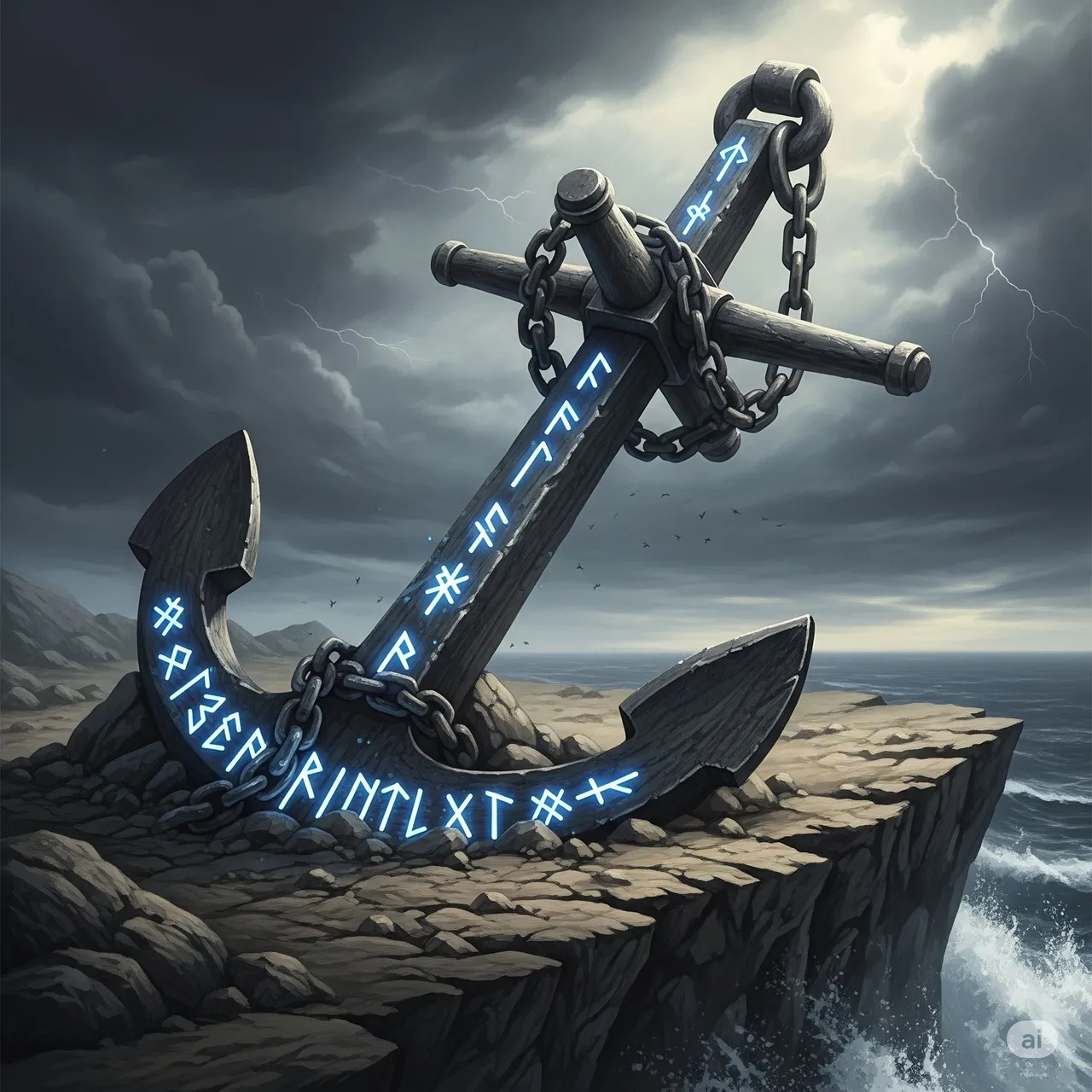The Art of Investing (With Common Sense): A Deep Reflection on Peter Lynch

It's quite fascinating to see how legendary investment figures manage to simplify the market's complexity into principles that are simple and understandable for everyone. It's like the saying that, to know if you've mastered a subject, you should explain it to someone who knows nothing about it; if you can make them understand, it's because you've mastered it. On this occasion, I'd like to talk about Peter Lynch. Due to certain personal situations, yesterday I ended up reading my notes on the book "One Up On Wall Street," and I said to myself, "Well, this seems like an interesting topic for a post." And well, here we are. Peter Lynch's philosophy (or, at least, as I have interpreted it) reminds us that common sense and abundant curiosity are very powerful tools that go far beyond the classic technical analysis, where, by drawing lines and indicators, we're essentially playing Tarot cards with the market, trying to guess what will happen. Peter Lynch and his legendary 29.2% annual return, achieved while heading the Magellan Fund, are not the product of chance, a stroke of good luck, or being a master of Technical Analysis, but rather the fruit of a mantra and principle that guided his operations:
"Invest in what you understand." (Very similar to Warren's take. Coincidence? I think not.)
This principle, which at first glance seems so simple and straightforward, is nothing more than an invitation to observe and learn from the world around us with a different, deeper, and more critical perspective, to thus become informed and insightful investors.
Reflecting on and delving deeper into the approach Lynch proposes, we can begin to categorize and analyze companies from a renewed perspective, more connected to the tangible reality that surrounds us, instead of relying on the purely financial abstraction we are accustomed to.
Let's look at some ideas that can be drawn from his teachings:
⚓️ 1. The "Stalwarts": Mere Well-Known Names or True Strategic Fortresses?

We're talking about those corporations whose products or services have blended into and become part of our daily lives and routines; they have cultivated a loyalty in us that can sometimes even be tribal (these days, there are tribes or groups for certain products, cough cough Coca-Cola vs Pepsi, to give an example). At first glance, they seem like the obvious bet for any portfolio. However, Lynch's warning is interesting: we must not confuse familiarity with solidity. Here, the classic and well-known P/E (Price-to-Earnings) ratio, which is often underestimated, stands before us as an implacable judge of reality: are we paying for tangible value, or are we succumbing to the brand's mirage? The trap of "diworsification" – accumulating well-known names just for the sake of them being known, without rigorous and in-depth analysis – is a reminder that complacency and comfort are generally a prelude to decline (cough The Empires cough).
🔄 2. The "Cyclicals": Predictable Cycles or Terrain for Predictive Cunning?

These companies dance to the tune of economic cycles, their fortunes expanding and contracting with an almost natural regularity; they remind us of a seesaw, that children's game where you have to go up and you have to go down; there are no more options: sometimes up, and sometimes down. Investing here is not for the impatient, but for those with the cunning and insight to read the currents of the economy. Indicators that can be useful, such as inventory accumulation or significant purchases by insiders, are not mere data; they are whispers from the market that, to an attentive ear, can anticipate tidal changes. It's an exercise in strategic foresight, where timing is not luck, but the result of methodical observation.
🌱 3. "Fast Growers": Engines of Innovation or Mirages of Market Euphoria?

The appeal of fast-growing companies is undeniable; the narrative of a company with a disruptive idea scaling towards market domination will always be striking. However, a strategic investor must NOT be blinded by the glare of "HYPE" or "FOMO" and must ask a critical and essential question for every company: does the product or service have the real capacity to fundamentally alter the bottom line? Sustained annual growth of 20-25% and a palpable expansion of market share are signs of real traction.
Lynch's genius here lies in his insistence on seeking out these marvelous companies in the market's blind spots, far from the massive scrutiny of analysts, where institutional noise has not yet distorted the signal.
🛠️ 4. The "Turnarounds": Reckless Bets or the Awakening of Sleeping Giants?

Investing in companies undergoing restructuring is an act that demands a strange mix of analytical skepticism and foresight. Contemplating a fallen entity, struggling to redefine itself, means recognizing a hidden potential for revaluation, which will only be possible if the transformation plan is viable and its execution, flawless. The scrutiny of financial statements must be forensic: Is there the financial strength to weather the storm? Is the debt a noose around its neck or a manageable tool? Is the plan to return to profitability a credible roadmap or a desperate cry for help, asking for a lifesaver?
💎 5. "Asset Plays": Accounting Treasure Hunts or Illusions of Latent Value?

Finally, companies rich in assets – an invitation to become archaeologists of balance sheets. Here, value may lie hidden in undervalued real estate, dormant patents with latent potential, or machinery whose market value doesn't reflect its productive capacity. However, we must be very careful with a hidden enemy that is always latent in these types of companies: debt is the acid that can destroy and corrode all these hidden treasures. The key is to discern whether these assets are entirely real or just an illusion nullified by exorbitant debt ratios.
From Theory to Practice, Passing Through Mindset

What resonates most with me from Lynch's entire philosophy is that powerful invitation to become active and insatiably curious observers of our own environment. As consumers, what products or services genuinely excite us? Why are they popular? How does that popularity translate into the company's profitability?
It's not about finding "unicorns" or the next stock that will multiply its value a hundredfold. It's about building something solid, resilient, and lasting, with intelligence, patience, and a deep understanding of what we're doing.
At the end of the day, the market tends to more generously reward deep observation, strategic patience, and critical and independent thinking, rather than pure theoretical genius disconnected from the reality to which it belongs. It's a reminder that we must keep learning how to apply fundamental questions in our analyses and learn how to look at the world from the perspective of a curious and reflective investor, always searching for opportunities that might be "hidden" in plain sight, waiting to be discovered by a curious and prepared mind.
And that's where we'll leave it for this occasion. I hope it was an interesting read, to say the least. I'll sign off, but not before leaving a couple of questions.
Disclaimer: The ideas presented here are based on personal interpretations and reflections on investment strategies. This content is for educational and entertainment purposes and should not be considered financial advice. All investments, especially in crypto-assets, carry significant risks. Please Do Your Own Research (DYOR) before making any financial decisions.
- What do you think of this philosophy? Could any of these approaches be applied to the world of crypto assets?
- What categories could we create in the world of cryptocurrencies (Bluechips, memecoins, etc.)?
Thank you very much for reaching the end of the post. Thank you for your time and attention in reading my words.
This time, it will be a handshake to say goodbye.
See you next time.
Pp.